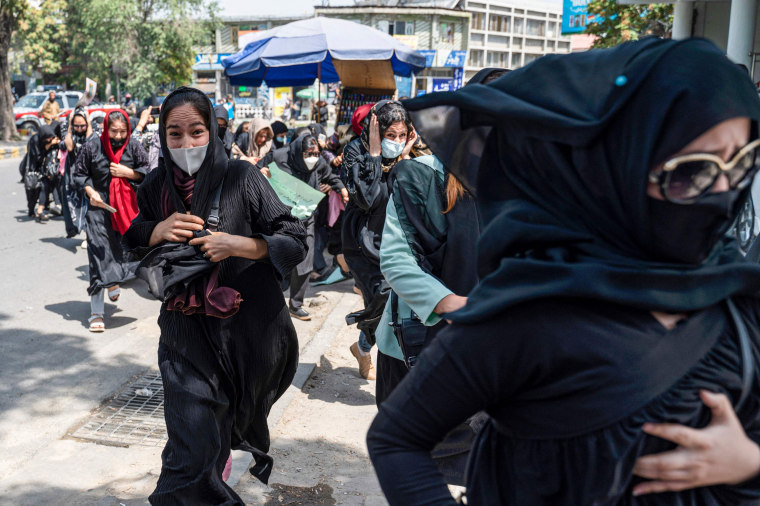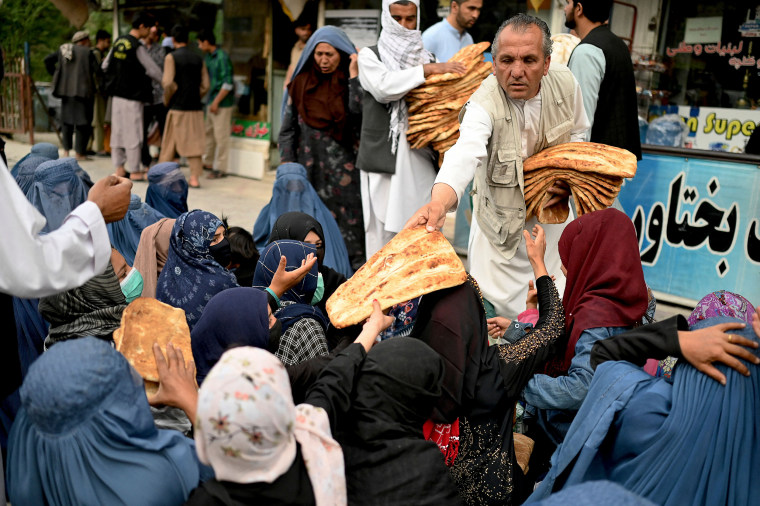The future looks bleak for the vast majority of Afghans.
At least 43% of the population is living on less than one meal a day and 97% of Afghans are expected to be living below the poverty line by the end of this year. Some families have resorted to selling their organs to eat and others have sold their own children in order to survive.
“As global leaders sought to economically isolate the Taliban, their policy approaches have crippled the economy, destroyed the banking sector and plunged the country into a humanitarian catastrophe that has left more than 24 million without enough food to eat each day,” Vicki Aken, Afghanistan director of the International Rescue Committee, said Friday.
The organization added that unless this is addressed, the current humanitarian crisis could lead to more deaths than in 20 years of war.
The Taliban first came to power in the 1990s after the Soviet withdrawal and ensuing civil war. They gained notoriety for publicly beheading convicted murderers and amputating the limbs of thieves. They also forced gender segregation, banned music and compelled men to grow beards.
And in the year since the ultraconservative, insular and violent group returned to power, this desperately poor country has rapidly deteriorated.
What little progress was made in the last two decades, in terms of democracy, personal freedoms and women’s rights, has been reversed. The Taliban have shown that they have not changed much from the group that ruled in the 1990s until they were toppled by U.S.-led forces in the wake of the terrorist attacks of Sept. 11, 2001.
After capturing rural areas and later cities over the course of years, the Taliban swept back into the capital, Kabul, on Aug. 15 last year as the U.S.-backed President Ashraf Ghani fled.
In one short year, the economy is now on the brink of collapse, millions are unemployed and close to starvation, secondary education has been banned for girls, women are forced to cover their faces in public and anyone opposed to the rule risks being tortured.
And the recent killing of Al Qaeda leader Ayman al-Zawahiri in Kabul shows that Afghanistan remains a safe space for violent extremists — something the Taliban had previously pledged to never allow again.
This photo series shows how the lives of millions of people have been changed in the past year and how it got to where it is today.
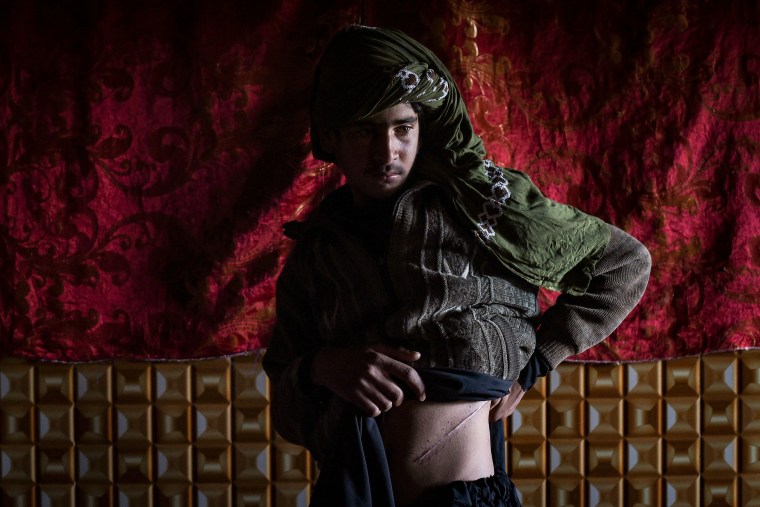
In 1973, a coup deposed Afghanistan’s King Mohammad Zahir Shah. After the coup, the monarchy was abolished and the Republic of Afghanistan was formed, establishing close ties with the then-Soviet Union. Six years later, the USSR invaded Afghanistan to support the pro-Soviet government, which was facing attacks from armed groups.
The decadelong war forced millions of Afghans to flee and attracted foreign fighters, including Osama bin Laden, who joined the battle against the Soviets. In 1989, the Soviets withdrew after agreeing to a peace deal. By 1996, the Taliban rose to power.
In October 2001, the U.S. and its allies invaded Afghanistan after the Taliban refused to hand over the Al Qaeda leader and author of 9/11. By December, the Taliban had surrendered control of the country.
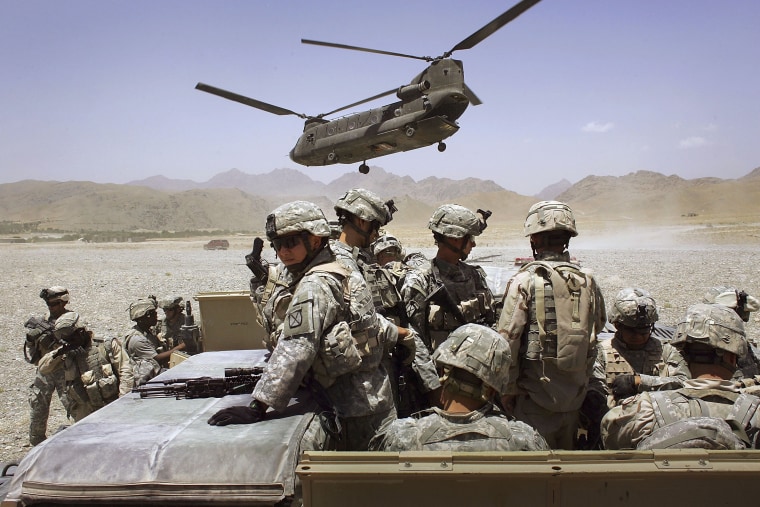
Following their defeat, most Taliban leaders had fled across the border into Pakistan. But within a few years, they had already regrouped and launched an insurgency against U.S. and foreign troops and the government of then-Afghan President Hamid Karzai.
The U.S.-led war on Iraq in March 2003 diverted attention and resources from the conflict in Afghanistan.
Meanwhile, the war in Afghanistan dragged on, with the West pouring billions in military and reconstruction aid into the country with the aim of establishing a functioning and peaceful democracy. But already in 2006, Taliban attacks were intensifying in the form of raids, ambushes, rocket attacks, kidnappings and assassinations.
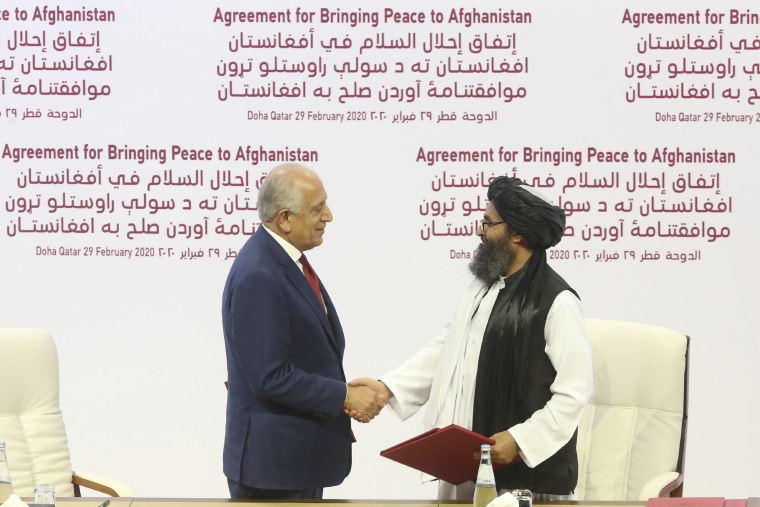
In February 2020, then-President Donald Trump signed a peace deal with the Taliban that included the withdrawal of all foreign troops from Afghanistan by May 2021. The agreement was upheld by President Joe Biden, who extended the deadline to Aug. 31. But the withdrawal was criticized for being rushed, disorganized and chaotic.
Departing American forces abandoned millions of dollars worth of weapons, vehicles and other military equipment, which was immediately seized by the Taliban after they returned to power.
According to one Reuters report, the Taliban took control of more than 2,000 armored vehicles, including Humvees and up to 40 aircraft, including helicopters and drones.
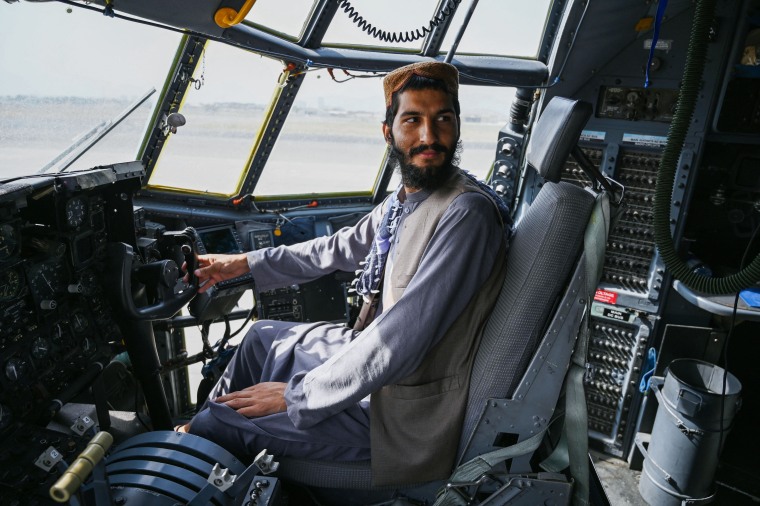
The war in Afghanistan was America’s longest conflict, lasting almost two decades. In that time, 2,248 U.S. soldiers lost their lives and 47,245 Afghan civilians were killed.
The death toll for members of the Afghan National Army and police is 66,000, while the number of Taliban fighters and other insurgents killed during the war is 51,191. According to a study by Brown University, the U.S. government spent more than $2 trillion funding the war.
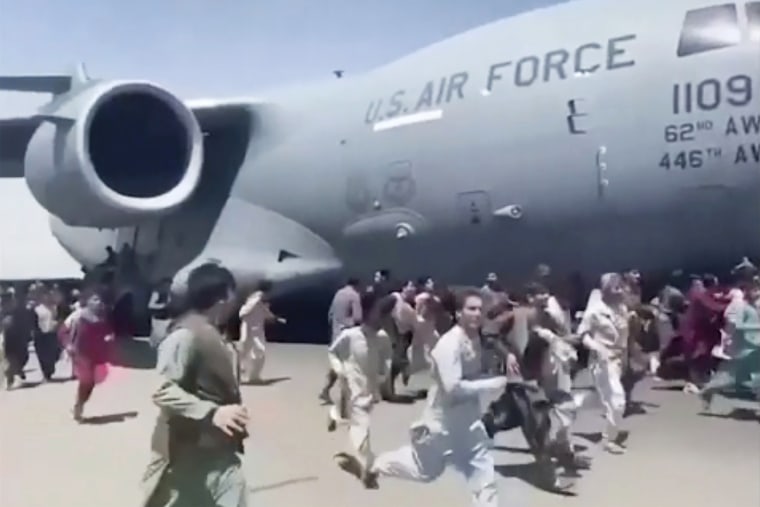
American intelligence reports predicted that Ghani's government would fall within six months after a withdrawal of foreign troops.
Yet, the U.S. and its allies seemed stunned and unprepared when the Taliban captured Kabul in just a few hours. Thousands of people rushed to Kabul airport to escape Taliban rule; some even climbed onto the wings and wheels of planes just before they took off.
One year on
The Taliban government has reintroduced a draconian interpretation of Islamic law since returning to power in Afghanistan.
It has banned secondary education for girls. It is the only gender-based ban on schooling in the world. According to UNICEF, 3.7 million Afghan children are out of school, 60% of whom are female.
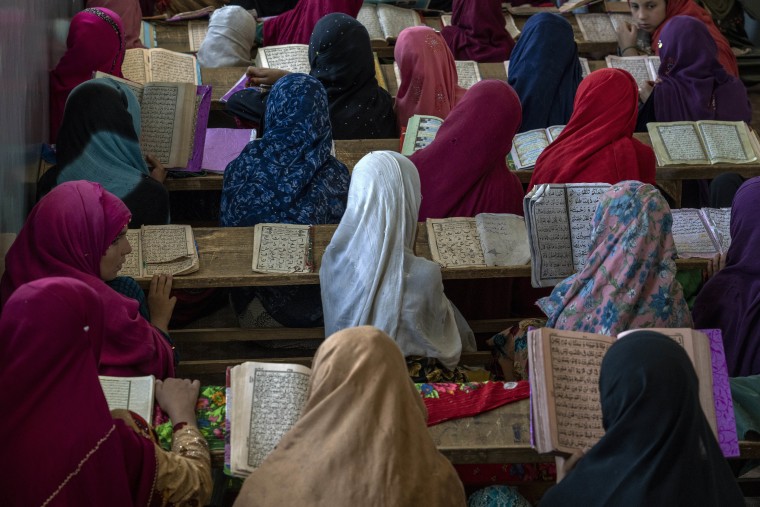
The literacy rate among girls in Afghanistan is only 37%. About a third of all Afghan girls are married before the age of 18 and are then urged to discontinue their education.
Severe restrictions have been imposed on Afghan women since the Taliban seized control last year. Women are not allowed to leave their home without being accompanied by a male relative and must cover their faces in public.
Many women have been barred from returning to their public-sector jobs and business owners have been forced to let go of most of their female staff. This has threatened the livelihood of Afghan families, as many women are the sole breadwinners.
